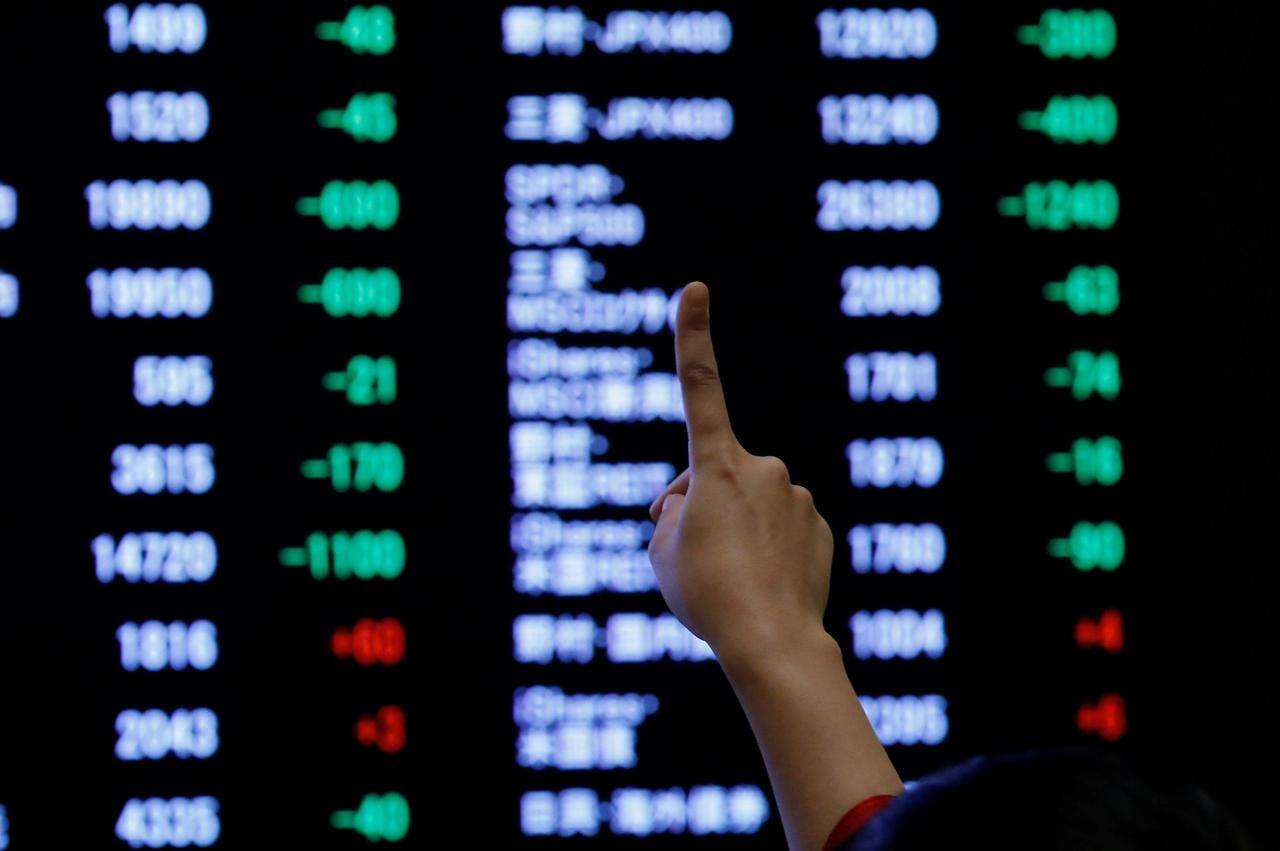Capital markets regulator Sebi can relax regulatory norms for the central government in relation to strategic disinvestment of public sector undertakings (PSUs), according to a notification.
“The Board (Sebi) may after due consideration of the interest of the investors and the securities market and for the development of the securities market, relax the strict enforcement of any of the requirements of these regulations if an application is made by the Central Government in relation to its strategic disinvestment in a listed entity,” Sebi said in a notification made public on Tuesday.
Also Read: Sebi introduces regulatory framework to facilitate online bond platform providers
Earlier in September, the Securities and Exchange Board of India (Sebi) had decided to dispense with a requirement for calculating open offer price with respect to the disinvestment of PSUs.
As per Sebi norms, one of the parameters prescribed to determine the open offer price of a frequently traded scrip is Volume-Weighted Average Market Price (VWAMP) for 60 trading days immediately preceding the date of the public announcement.
The board of Sebi approved amending the takeover regulations in the context of strategic disinvestment of PSUs and consideration payable under open offer.
”The market price of the PSU company undergoing strategic disinvestment becomes susceptible to… periodic disclosures.
Also Read: Sebi set-ups panel to review takeover rules
“Considering the unique nature of transaction and process involved in a PSU disinvestment spanning over a long period, such a requirement of determination of open offer price under the takeover regulations many a time acts as an impediment in fructifying such strategic disinvestment of PSUs,” Sebi has said. Against this backdrop, Sebi has decided to dispense with the requirement of calculating 60 days’ VWAMP for the determination of open offer price in case of disinvestment of PSU companies wherein it results in its change in control, either by way of direct acquisition or indirect acquisition.



